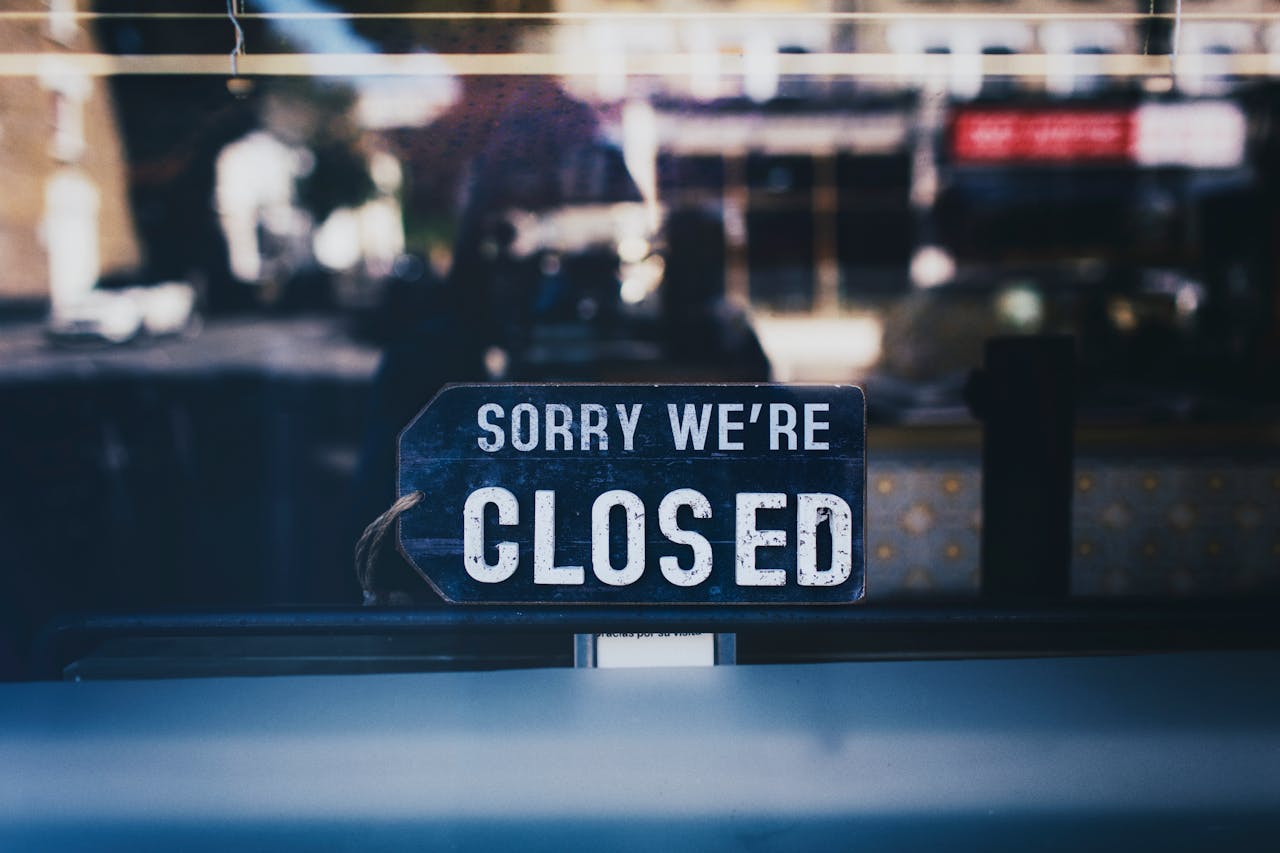December 21, 2024
Many of us, over the years, have relied on Party City for our festive needs. Therefore, the recent news has come as quite a shock. Indeed, Party City, once the undisputed leader of party supplies in the United States, has announced the immediate closure of all its stores. This decision, marking the end of a nearly 40-year presence in the celebration industry, underscores the profound challenges that brick-and-mortar retailers face in today’s market. The sudden Party City closure has, consequently, left many wondering about the future of party planning.
The Announcement: A Day of Shock
The news broke on December 20, 2024. CEO Barry Litwin delivered the message via a video conference call to corporate employees.
- First, Litwin’s message was not merely a business announcement; it was clear he felt the heavy weight of this moment.
- Furthermore, he described the announcement as “without question the most difficult message that I’ve ever had to deliver,”
- Finally, employees were immediately terminated, without any severance pay or benefits.
This abrupt end, therefore, highlighted the seriousness of the Party City closure. The speed and finality of the announcement sent shockwaves across social media, with many expressing sadness and sympathy for the employees and their families.
Deeper Dive into Financial Struggles: A Perfect Storm
The road leading to this dramatic Party City closure was, in fact, not a smooth one. The company faced a multitude of financial challenges.
- Initially, the bankruptcy filing in January 2023 revealed a staggering $1.7 billion debt burden.
- Even though they emerged from Chapter 11, they still carried over $800 million in debt.
- Additionally, compounding these issues were rising inflation and a helium shortage that significantly impacted their balloon sales.
The financial troubles, it turned out, were just one piece of the puzzle. The helium shortage, specifically, significantly impacted balloon sales, a core part of their business. This, in turn, had a domino effect. So, while debt was a major factor, it wasn’t the sole cause of the Party City closure.
The Evolving Retail Landscape: A Battleground for Survival
The retail environment has become extremely competitive, especially for brick-and-mortar stores. Naturally, Party City was not immune to these pressures.
- For instance, big-box retailers like Walmart and Target began expanding their party supply offerings.
- Moreover, e-commerce giants, like Amazon, offered unparalleled convenience and competitive pricing.
- Furthermore, seasonal pop-up stores, such as Spirit Halloween, also carved out a niche, especially in the costume market.
The inability to adapt to this rapidly changing market ultimately contributed to the Party City closure. The rise of online shopping, accelerated by the pandemic, had a major impact on physical stores, making it difficult to compete.
The Human Cost: Impact on Employees and Communities
The Party City closure has had a significant human impact, as a result.
- Clearly, thousands of employees are now out of work.
- Notably, the abrupt termination, without any severance or extended benefits, has left many in a difficult situation.
- Indeed, this was especially difficult timing, given it was right before the holiday season.
Local communities, likewise, will feel the impact. Party City wasn’t just a store; it was, rather, a place where people went for their celebrations. The Party City closure, therefore, removes a convenient resource for many, potentially forcing people to explore new shopping options. The human toll of this decision is, undeniably, a significant factor to consider.
Navigating the Aftermath: What’s Next?
For consumers, the Party City closure means adjusting to new ways of planning parties.
- While alternatives like Target, Walmart, and online retailers exist,
- However, Party City’s selection and in-store experience were unique.
- As a result, this could lead to people planning further ahead and possibly paying more for specialty supplies.
- In fact, we may see a rise in DIY and eco-friendly party options.
For the retail industry, on the other hand, the Party City closure is a warning sign.
- Specifically, it highlights the importance of adapting to shifting consumer trends.
- Also, it emphasizes managing debt effectively and keeping pace with e-commerce.
- Furthermore, retailers must contend with inflation, supply chain issues, and intense competition.
- Consequently, the Party City closure isn’t just an isolated event; it reflects challenges across the entire industry.
The Legacy and the Future: Remembering Party City’s Impact
The legacy of Party City, undoubtedly, will be remembered for the joy and convenience it brought to countless celebrations. From birthday balloons to Halloween costumes, Party City was a part of many memorable moments. Now, other retailers will look to fill that void. The Party City closure serves as a reminder of the constant change in the retail landscape. It’s a crucial lesson that even well-established companies must adapt to survive. Ultimately, this signifies the end of an era.
Conclusion
The Party City closure is more than just a business story; it’s, instead, a cultural shift that highlights the dynamic and challenging nature of retail. As consumers adjust, the impact of this closure will continue to be felt. The end of Party City, therefore, reminds us that even beloved companies must keep adapting.
